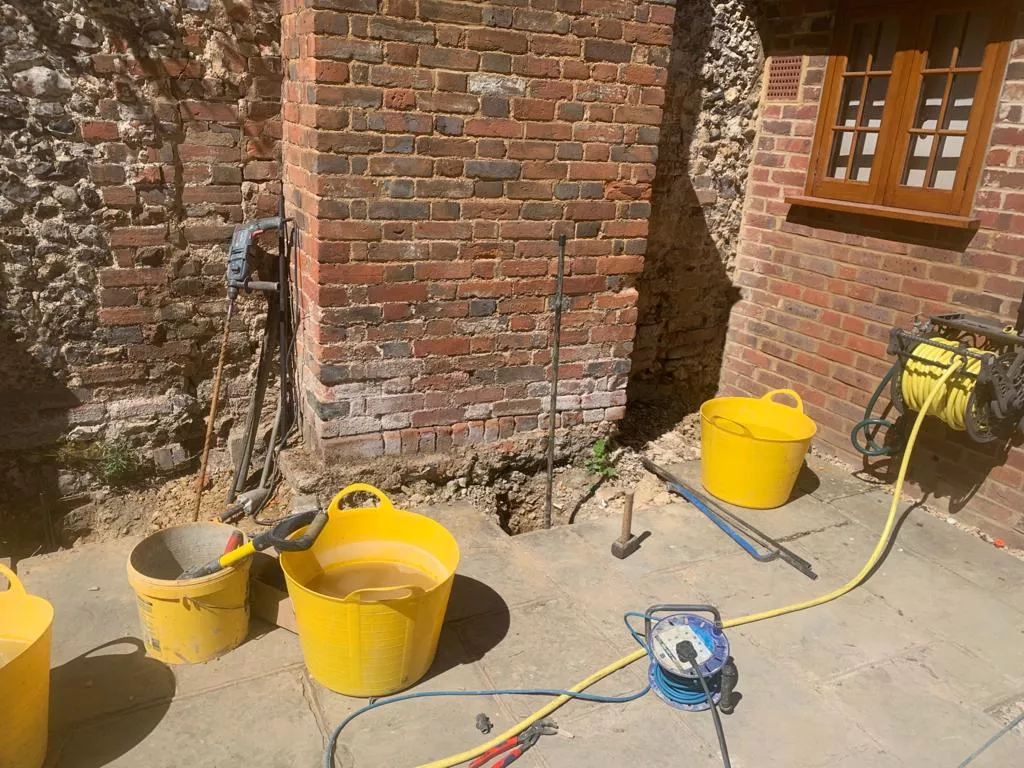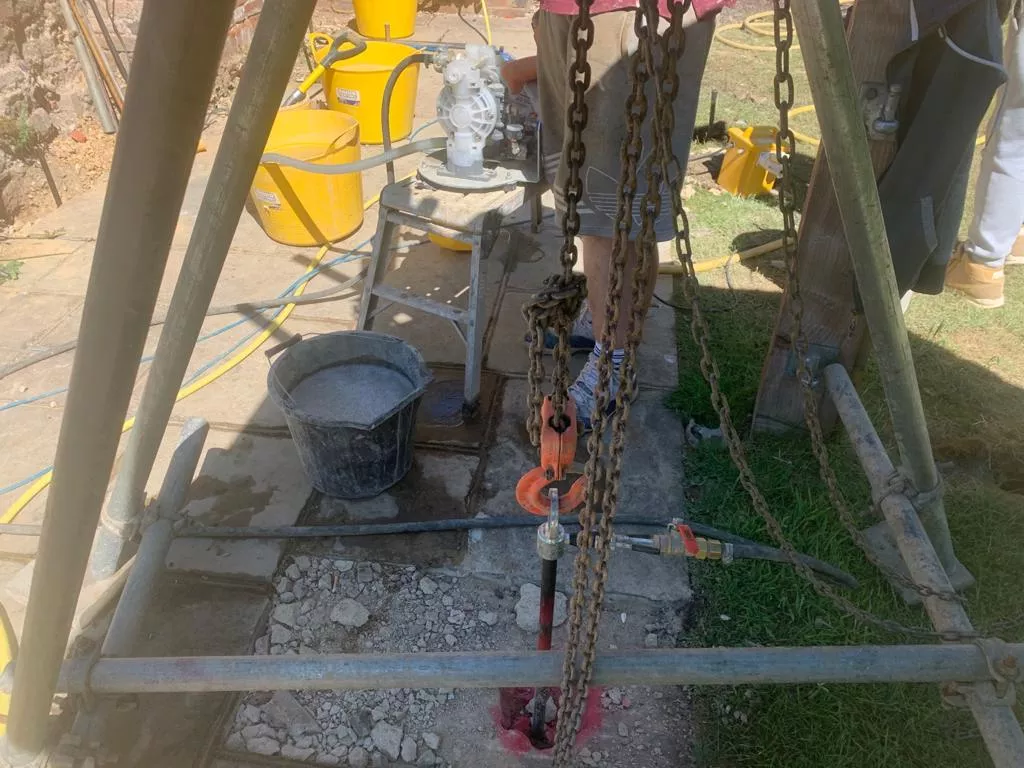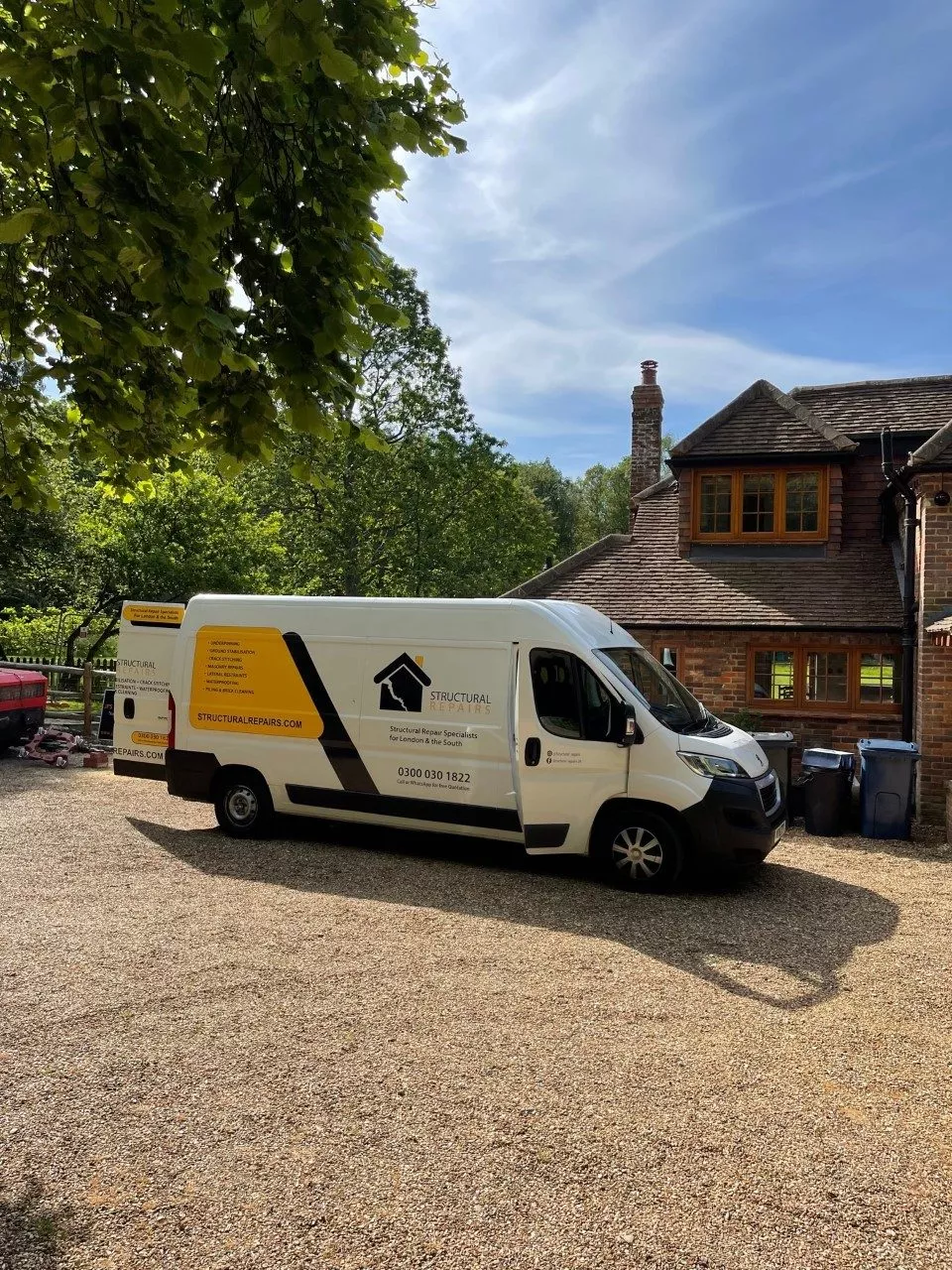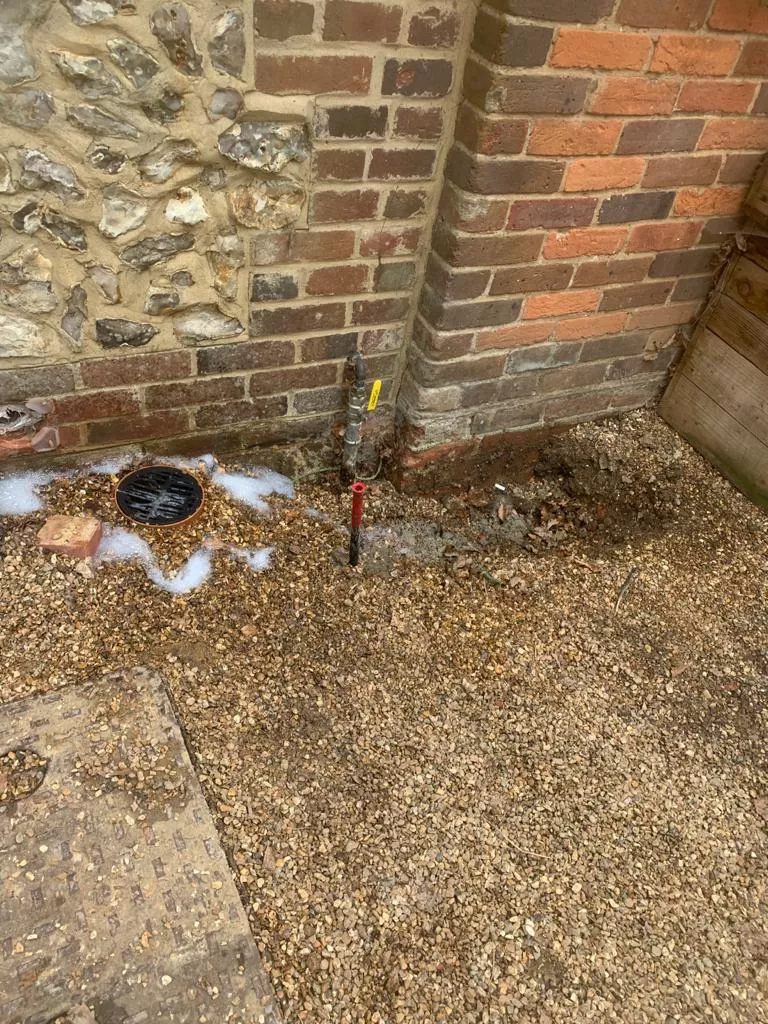Soil Stabilisation
What Is Soil Stabilisation?
Soil stabilisation is where soils are altered to enhance their physical properties.
Ground stabilisation is a process of raising your property up to its original position by injecting fluid under your support to re-level your structure.
Stabilisation can increase the shear strength of a soil and/or control the shrink-swell properties of the soil, thus improving the load bearing capacity of sub-grade to support pavements and foundations.
Why Is Soil Stabilisation Needed?
It is not uncommon for a property’s soil or foundation to experience some softening overtime and require some soil stabilisation.
When soil softens it renders the foundation of a build less stable and structurally sound which not only hold the ability to affect the value of the property but may likewise cause some significant safety concerns.
Ground stabilisation thus aims at improving soil strength by changing the current loose sub soil back to its original cohesive and stable medium able to better perform and intended and required.

What Does Soil Stabilisation Look Like?
The need for soil stabilisation in regards to the foundation of a build can be identified via the sloping of or cracks in joints, bricks, doors, window frames, walls, ceilings and floors of the build.
A further sign of subsidence is the general sloping of the property to one side.
In addition, it is worth knowing that cracks caused by subsidence are likely to be diagonal and wider at the top than the bottom, wider than 3mm (width of a 10p coin), visible from both the outside and inside of a wall and located close to a window or door.
However, if concerned over possible subsidence it is important to get in contact with industry professionals such as us seeing that the identification of subsidence is not always straight forward.

How Is Soil Stabilisation Conducted?
If you are concerned over your soil and suspect it has experienced softening over time, the first thing to do is consult a surveyor.
You will need industry professionals such as ourselves to be able to assess the situation and provide a comprehensive report on the condition of your soil.
If the need for ground stabilisation is identified by your surveyors, the remedial work necessary will depend on the extent to which your soil has softened.
If you structure has sunk to quite an extent, drilling keyhole-sized entry points through your foundation for injection tubes may be necessary.
We would then inject non-toxic inert cement and resign grouts as a means to re-level your soil.
Each soil stabilisation process is different, however, thus for further information unique to your situation please feel free to get in contact with one of our industry specialists who are able to provide you with a free consultation and quotation today!

What Causes The Need For Soil Stabilisation?
There are many factors which end up rendering soil unstable, some of which can be found below:
Erosion – Poor drainage, improperly placed downspouts, leaking drain pipes, and broken water lines are common culprits.
Poor compaction – When backfilling on a jobsite, the contractor is supposed to compact the backfill by driving over it with heavy equipment.
However, this isn’t always done properly for one reason or another.
Freeze/thaw – Processes of freezing and thawing essentially accelerate erosion processes. Cold weather freezes moisture trapped in tiny cracks.
When this water freezes, it expands, subsequently pushing on the rocks and breaking them into smaller pieces.
As processes of freezing and thawing continue, rock and sediment are continually broken down.
Biological decay – Construction trash pits, buried trees, and other biodegradable materials all break down.
Sometimes structures are built over these areas.
In all, there is a vast range of different reasons as to why soil may become unstable over time which are unique to each soil and its environment.
For further information regarding the matter, please feel free to get in contact with one of our industry specialists who are able to provide you with a free consultation and quotation today!

How Can Polymer Foam Help?
What Are The Benefits Of Soil Stabilisation?
Structural Repairs are a leading global specialist